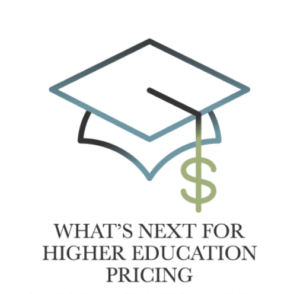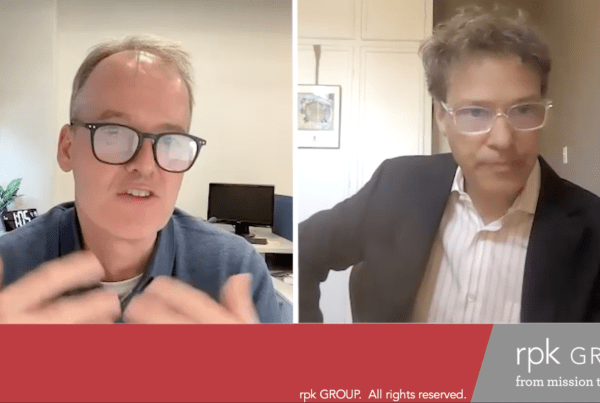What is a college degree worth these days?
The answer is certainly different in 2021 than it would’ve been twenty, five, or even two years ago.
This central question around higher education’s value proposition has been steadily gaining attention over the past decade. The recent pandemic, with its attendant shift in learning delivery and reduction in cocurricular offerings, served to accelerate the concern.
As institutions continue to reconcile changes in expectations from parents and students with current pricing models, discounts and short-term ‘specials’ are unlikely to offer a sustainable way forward.
In What’s Next for Higher Education Pricing?, a recently released report from Workday, rpk’s Rick Staisloff teamed up with author Jeff Selingo to explore the circumstances placing added financial pressures on colleges and universities. In it, they provide data-driven recommendations for new pricing strategies, and share how those strategies can move institutions toward more sustainable business models.
 What might new pricing models look like? Selingo and Staisloff share that these models would ideally be:
What might new pricing models look like? Selingo and Staisloff share that these models would ideally be:
- Simpler: Easier for students, parents and employers to understand
- Support Access and Attainment: Providing affordable opportunities to begin and complete students’ educational goals
- Connected to Cost and ROI: Generating more net revenue for reinvestment at the institution
Using this framework, the report examines ‘all learning counts’ approaches, differential pricing, subscription models, and income repayment plans.
Access the report for more insights.
We’d love to hear your thoughts on Twitter! Share them with @rpk_GROUP using the hashtag #HEpricing.

